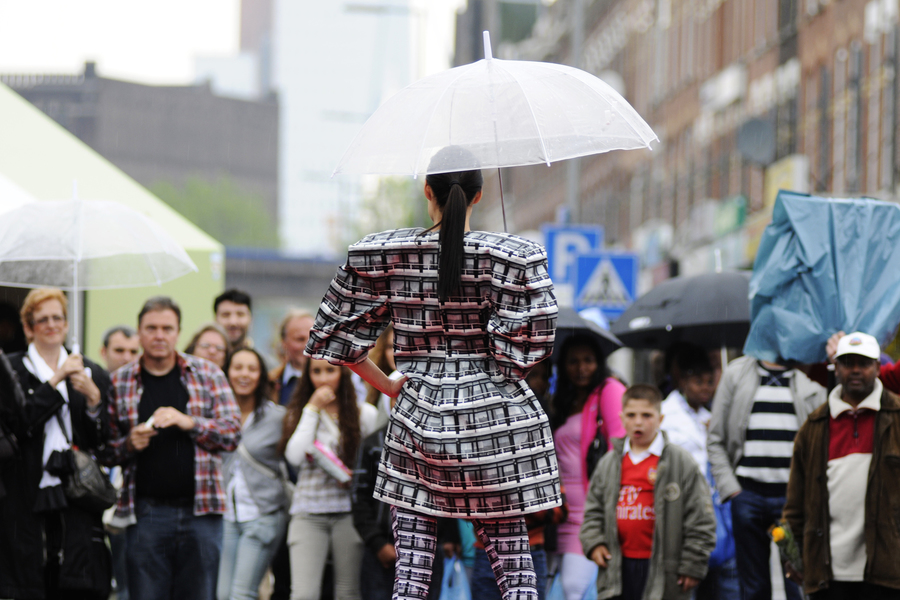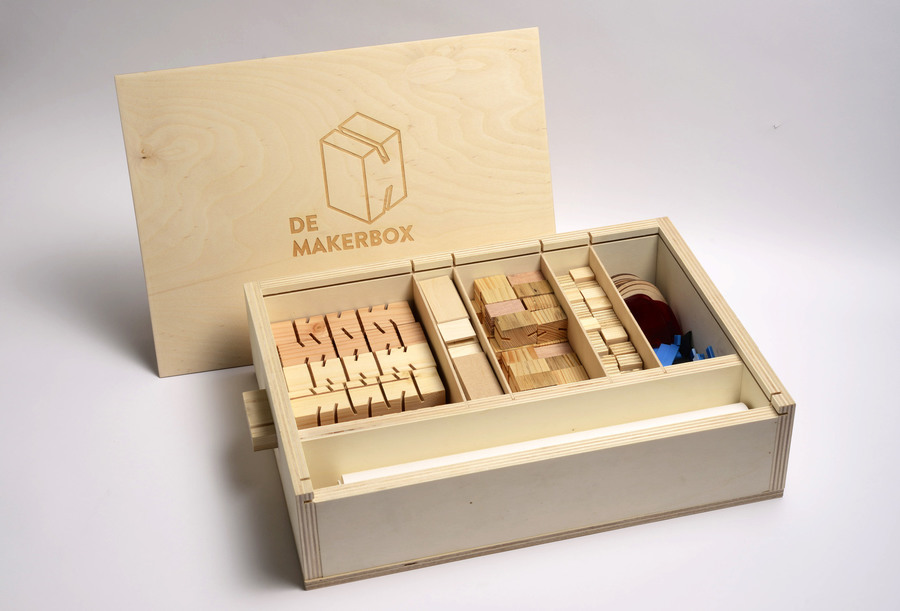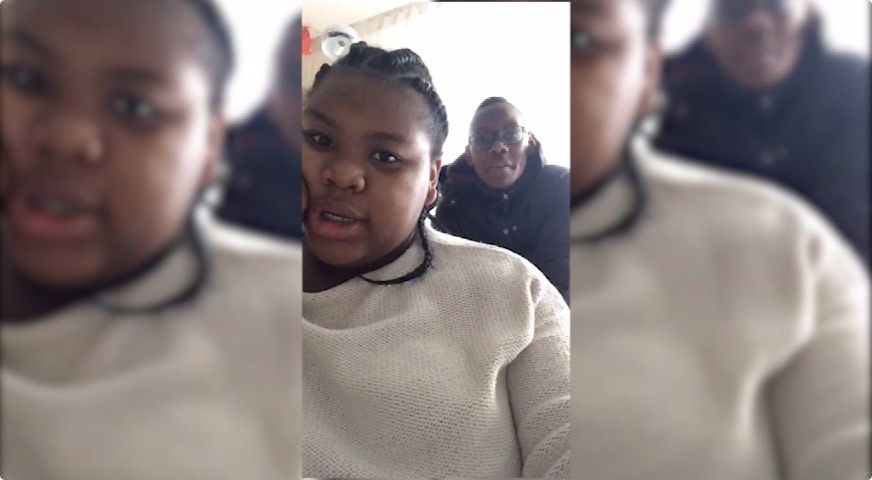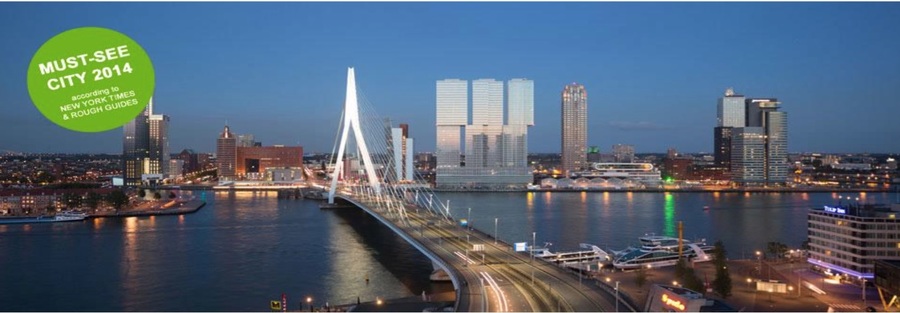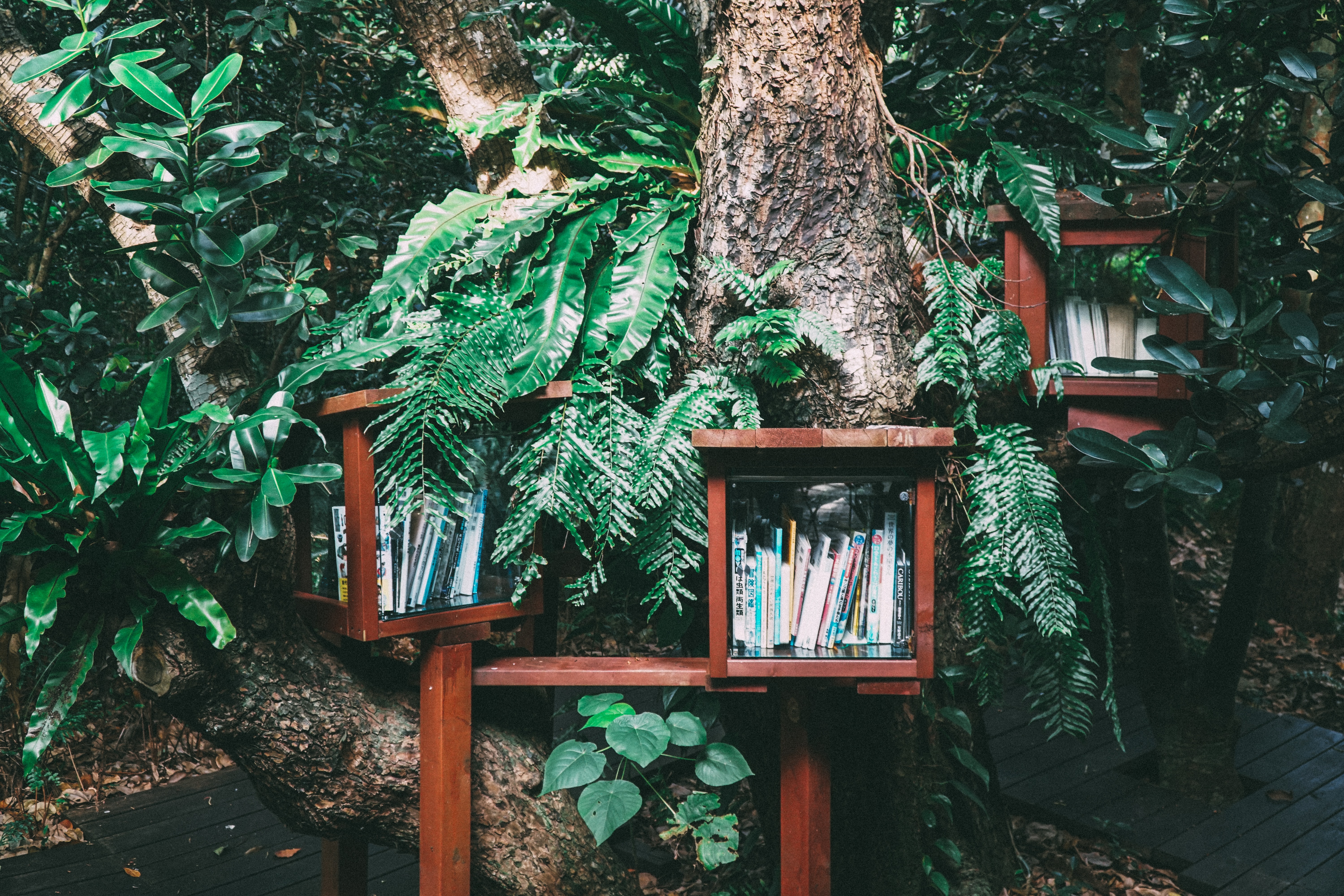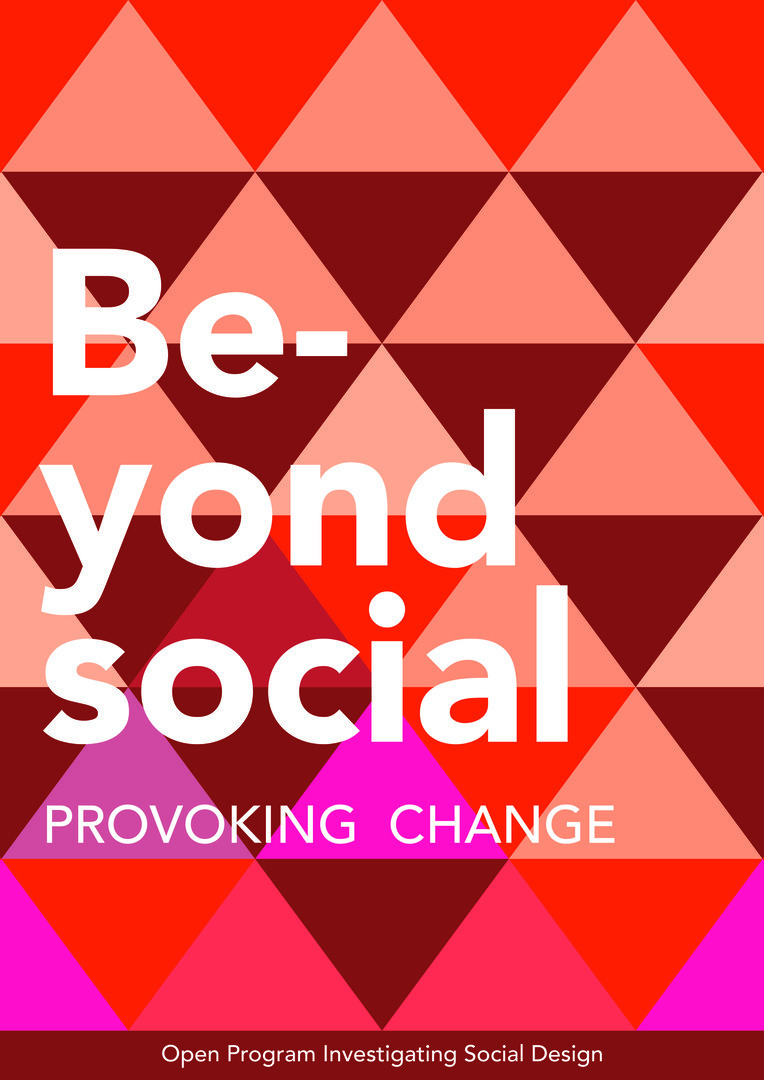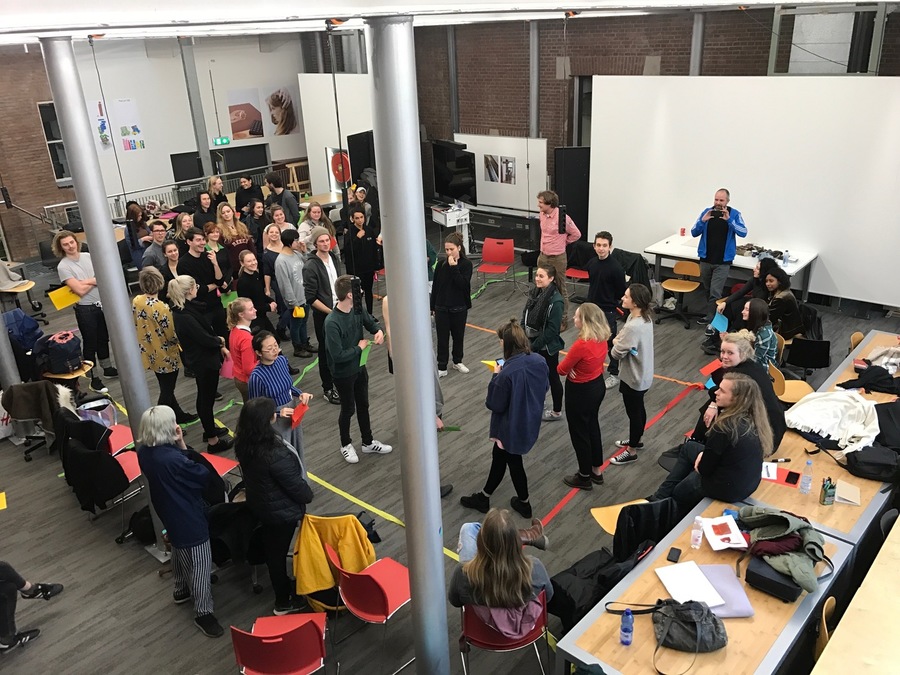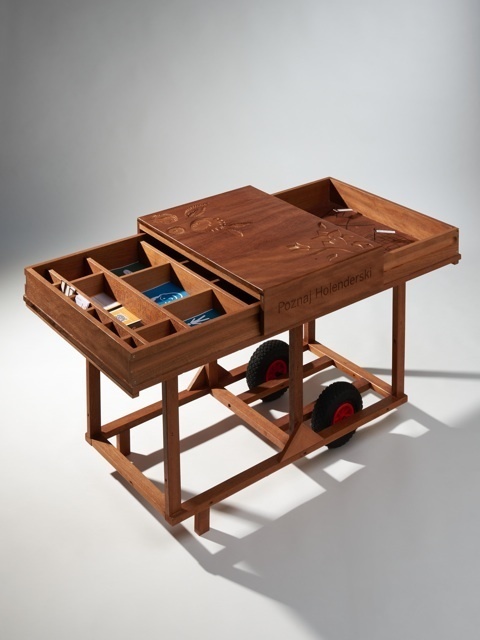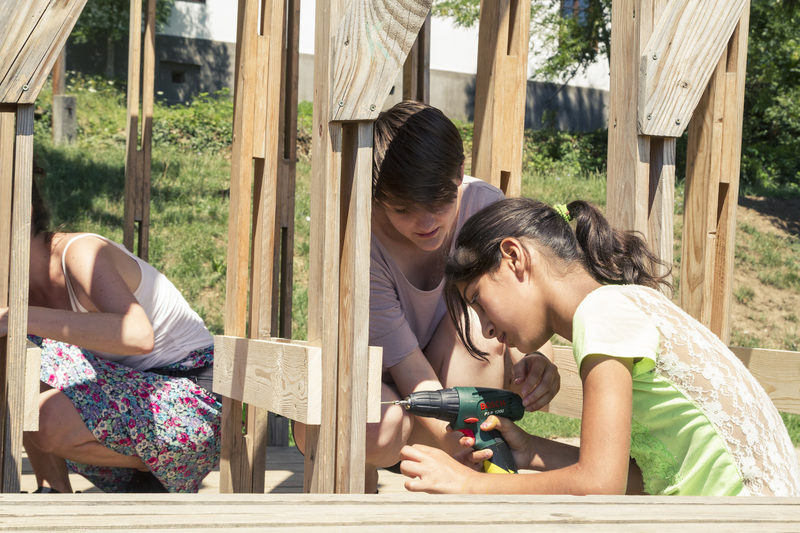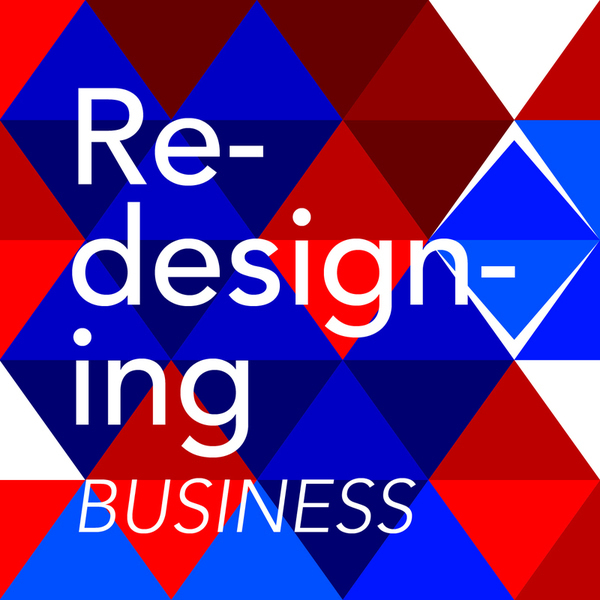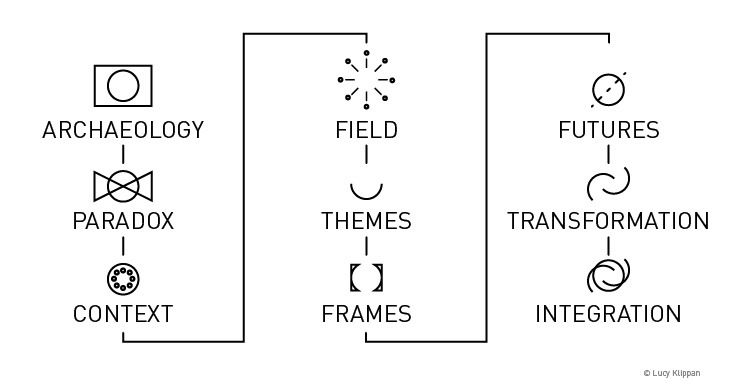Difference between revisions of "The Art of the Inclusive City"
m |
|||
| (9 intermediate revisions by 4 users not shown) | |||
| Line 1: | Line 1: | ||
| + | {{Editor selection | ||
| + | |Editor=Sikko | ||
| + | }} | ||
{{Editorial | {{Editorial | ||
| − | |||
| − | |||
|Image=Patricia Borger - ontwerp Marga Weimans.JPG | |Image=Patricia Borger - ontwerp Marga Weimans.JPG | ||
|Caption=Photo: Patricia Borger | |Caption=Photo: Patricia Borger | ||
| − | |Intro | + | |Intro=Why do we aspire to an inclusive city? How can social art and design contribute to this effort? Which concrete social art and design practices will be we able to realise? With whom and for whom? These questions are at the core of the multi-year programme ‘Line 23’ which is being implemented in three neighbourhoods of Rotterdam. The programme is an initiative of the department of Social Art and Design at the Willem de Kooning Academy (WdKA) in Rotterdam, in collaboration with an expanding learning community of civic and professional partners, in the city and far beyond, who share some of the same questions and ambitions. |
| − | =Beyond Social as a learning community= | + | ==Beyond Social as a learning community== |
| − | Beyond Social serves as a platform | + | Beyond Social serves as a platform for sharing thoughts, experiences and the results of this programme, both within the learning community and with a wider audience. Everyone is invited to publish in this wiki and to join our events. The focus of this editorial is to promote interaction and to assist you in finding your way within our various activities. |
| − | =City of contrasts= | + | ==City of contrasts== |
| − | Rotterdam may call itself a metropolis. The underdog with its | + | Rotterdam may rightly call itself a metropolis. The underdog with its residents of countless nationalities seems to always be reinventing itself. The city’s dynamism has been noted far beyond the country’s borders. But how is this experienced within the city itself? Which prospects does this dynamism actually provide to its residents? Optimistically inclined Rotterdammers have traditionally described the DNA of their city as ‘entrepreneurial’, ‘raw’ and ‘international’. The city now boldly positions itself as a frontrunner of the ‘next economy’. Others however see a completely different picture: for them, Rotterdam is still the city where ‘urban problems’ can be written in capital letters, with a grim reality of inequality and exclusion – particularly for the younger, culturally diverse generation. Like many other metropolises, Rotterdam is thus a city of contrasts. Both perspectives are true. But are they also compatible? |
| − | =Why an inclusive city?= | + | ==Why an inclusive city?== |
| − | + | Is an inclusive development of the city even possible? And why is this something we should want to invest in? What is the underlying context? What are the challenges? We have been exploring local, international, individual and public perceptions, policies and strategies of how and why to aim for inclusivity in our society and in a metropolis such as Rotterdam. Interesting references include a recent World Bank study on inclusive cities, the Rotterdam municipal government’s own Urban Agenda, and of course the strategies of our local partners and their international networks. We invite experts in the field, as well as students, citizens, artists and scientists to reflect upon this theme. In Beyond Social you will find contributions by experts such as the artist Quincy Gario and the political philosopher Tina Rahimy, alongside a number of design fictions proposed by WdKA students. | |
| − | =How to become a ‘game changer’ | + | ==How to become a ‘game changer’== |
| − | Will the new generation of creative entrepreneurs be | + | Will the new generation of creative entrepreneurs be in a position to contribute to an inclusive development of the city? How can an art and design academy such as the WdKA contribute to this development as optimally as possible? In order to find answers to these questions, we are currently exploring a variety of approaches and positions in the field of social art and design. How does it work? Why does it work? We are also well aware that it is far from obvious to combine on one hand the educational objectives and requirements of an art and design academy and its students, and on the other hand the urgency of the communities and local partners in dealing effectively with today’s far-reaching transitions and ‘wicked’ social problems. However, to us, refraining from active engagement is simply not an option. Therefore we must find ways of optimising the relationship between education and practice in a long-term relationship – combining action and learning in the best possible way. This quest was the starting point of a Community of Practice which we have now called ‘Line 23’. |
| − | =Community of Practice | + | ==Community of Practice ‘Line 23’== |
| − | + | The multi-year programme ‘Line 23’ was launched in 2016 in three Rotterdam neighbourhoods. Our aim is to contribute to the realisation of an inclusive city, while at the same time continuing to learn how to do so as effectively as possible. The programme is being implemented in the neighbourhoods Bospolder-Tussendijken / Merwe-Vierhavens (Delfshaven district), Afrikaanderwijk (Feijenoord district) and Beverwaard (IJsselmonde district), in collaboration with local partners such as CultuurConcreet, Bouwkeet, Delfshaven Coöperatie, Bibliotheek Rotterdam, Freehouse, Afrikaanderwijk Coöperatie, Veldacademie, IJsselwijs, and the Erasmus University Medical Center, with whom we are addressing various issues related to the social DNA of these neighbourhoods and experimenting with ‘inclusive’ approaches to the ‘next economy’, gentrification, and promoting healthy lifestyles. The name ‘Line 23’ refers to tram line 23 which crosses through Rotterdam from Northwest to Southeast, from Delfshaven to Beverwaard, thus connecting the three districts involved. Line 23 is also known as one of the longest tram lines in the Netherlands. Our Community of Practice explicitly identifies with these notions of traversing and connecting the city, and of opting for the long range. | |
| − | =What are the first results?= | + | ==What are the first results?== |
| − | + | Bouwkeet opened its doors during the second half of 2016, with the ambition to foster the ‘21st-century skills’ of youngsters in Bospolder-Tussendijken. Afrikaanderwijk Coöperatie was awarded the ‘right to challenge’ the waste problems and opportunities of the Afrikaanderplein street market. IJsselwijs, with the support of Veldacademie, launched an ambitious pilot project addressing the serious obesity issues of youngsters in Beverwaard. Approximately 70 third-year students and some 10 lecturers of the Social Design department have joined these and other similar initiatives, with the aim of offering a positive contribution to their success. We intend to continue these efforts in 2017, 2018 and onward. The first results of our Community of Practice are being published in this wiki, and presented and discussed at the Beyond Social Event on February 9, 2017, where a number of experts and students involved will share their experiences. Below you can find more information about this event, as well as links to relevant articles and contributions. This is only the beginning of a multi-year programme of action and learning. You are cordially invited to join us. | |
| − | + | |Editor 1=Sikko | |
| − | |||
}} | }} | ||
{{Article Selection | {{Article Selection | ||
| − | | | + | |Article=The Inclusive City On Stage |
|Notes=Sneak preview of the Beyond Social Event on February 9th at Het Nieuwe Instituut, Rotterdam. | |Notes=Sneak preview of the Beyond Social Event on February 9th at Het Nieuwe Instituut, Rotterdam. | ||
}} | }} | ||
{{Article Selection | {{Article Selection | ||
| − | | | + | |Article=World Bank study on Inclusive Cities |
| − | |||
| − | |||
| − | |||
| − | |||
| − | |||
| − | |||
}} | }} | ||
{{Article Selection | {{Article Selection | ||
| − | | | + | |Article=The Makerbox |
}} | }} | ||
{{Article Selection | {{Article Selection | ||
| − | | | + | |Article=Gewoon Delfshaven |
}} | }} | ||
{{Article Selection | {{Article Selection | ||
| − | | | + | |Article=The Urban Agenda of Rotterdam |
}} | }} | ||
| + | {{Editorials more}} | ||
Latest revision as of 16:05, 28 November 2017
Introduction
Why do we aspire to an inclusive city? How can social art and design contribute to this effort? Which concrete social art and design practices will be we able to realise? With whom and for whom? These questions are at the core of the multi-year programme ‘Line 23’ which is being implemented in three neighbourhoods of Rotterdam. The programme is an initiative of the department of Social Art and Design at the Willem de Kooning Academy (WdKA) in Rotterdam, in collaboration with an expanding learning community of civic and professional partners, in the city and far beyond, who share some of the same questions and ambitions.
Beyond Social as a learning community
Beyond Social serves as a platform for sharing thoughts, experiences and the results of this programme, both within the learning community and with a wider audience. Everyone is invited to publish in this wiki and to join our events. The focus of this editorial is to promote interaction and to assist you in finding your way within our various activities.
City of contrasts
Rotterdam may rightly call itself a metropolis. The underdog with its residents of countless nationalities seems to always be reinventing itself. The city’s dynamism has been noted far beyond the country’s borders. But how is this experienced within the city itself? Which prospects does this dynamism actually provide to its residents? Optimistically inclined Rotterdammers have traditionally described the DNA of their city as ‘entrepreneurial’, ‘raw’ and ‘international’. The city now boldly positions itself as a frontrunner of the ‘next economy’. Others however see a completely different picture: for them, Rotterdam is still the city where ‘urban problems’ can be written in capital letters, with a grim reality of inequality and exclusion – particularly for the younger, culturally diverse generation. Like many other metropolises, Rotterdam is thus a city of contrasts. Both perspectives are true. But are they also compatible?
Why an inclusive city?
Is an inclusive development of the city even possible? And why is this something we should want to invest in? What is the underlying context? What are the challenges? We have been exploring local, international, individual and public perceptions, policies and strategies of how and why to aim for inclusivity in our society and in a metropolis such as Rotterdam. Interesting references include a recent World Bank study on inclusive cities, the Rotterdam municipal government’s own Urban Agenda, and of course the strategies of our local partners and their international networks. We invite experts in the field, as well as students, citizens, artists and scientists to reflect upon this theme. In Beyond Social you will find contributions by experts such as the artist Quincy Gario and the political philosopher Tina Rahimy, alongside a number of design fictions proposed by WdKA students.
How to become a ‘game changer’
Will the new generation of creative entrepreneurs be in a position to contribute to an inclusive development of the city? How can an art and design academy such as the WdKA contribute to this development as optimally as possible? In order to find answers to these questions, we are currently exploring a variety of approaches and positions in the field of social art and design. How does it work? Why does it work? We are also well aware that it is far from obvious to combine on one hand the educational objectives and requirements of an art and design academy and its students, and on the other hand the urgency of the communities and local partners in dealing effectively with today’s far-reaching transitions and ‘wicked’ social problems. However, to us, refraining from active engagement is simply not an option. Therefore we must find ways of optimising the relationship between education and practice in a long-term relationship – combining action and learning in the best possible way. This quest was the starting point of a Community of Practice which we have now called ‘Line 23’.
Community of Practice ‘Line 23’
The multi-year programme ‘Line 23’ was launched in 2016 in three Rotterdam neighbourhoods. Our aim is to contribute to the realisation of an inclusive city, while at the same time continuing to learn how to do so as effectively as possible. The programme is being implemented in the neighbourhoods Bospolder-Tussendijken / Merwe-Vierhavens (Delfshaven district), Afrikaanderwijk (Feijenoord district) and Beverwaard (IJsselmonde district), in collaboration with local partners such as CultuurConcreet, Bouwkeet, Delfshaven Coöperatie, Bibliotheek Rotterdam, Freehouse, Afrikaanderwijk Coöperatie, Veldacademie, IJsselwijs, and the Erasmus University Medical Center, with whom we are addressing various issues related to the social DNA of these neighbourhoods and experimenting with ‘inclusive’ approaches to the ‘next economy’, gentrification, and promoting healthy lifestyles. The name ‘Line 23’ refers to tram line 23 which crosses through Rotterdam from Northwest to Southeast, from Delfshaven to Beverwaard, thus connecting the three districts involved. Line 23 is also known as one of the longest tram lines in the Netherlands. Our Community of Practice explicitly identifies with these notions of traversing and connecting the city, and of opting for the long range.
What are the first results?
Bouwkeet opened its doors during the second half of 2016, with the ambition to foster the ‘21st-century skills’ of youngsters in Bospolder-Tussendijken. Afrikaanderwijk Coöperatie was awarded the ‘right to challenge’ the waste problems and opportunities of the Afrikaanderplein street market. IJsselwijs, with the support of Veldacademie, launched an ambitious pilot project addressing the serious obesity issues of youngsters in Beverwaard. Approximately 70 third-year students and some 10 lecturers of the Social Design department have joined these and other similar initiatives, with the aim of offering a positive contribution to their success. We intend to continue these efforts in 2017, 2018 and onward. The first results of our Community of Practice are being published in this wiki, and presented and discussed at the Beyond Social Event on February 9, 2017, where a number of experts and students involved will share their experiences. Below you can find more information about this event, as well as links to relevant articles and contributions. This is only the beginning of a multi-year programme of action and learning. You are cordially invited to join us.
Selected articles
6 December 2017 14:50:18 by Manetta
